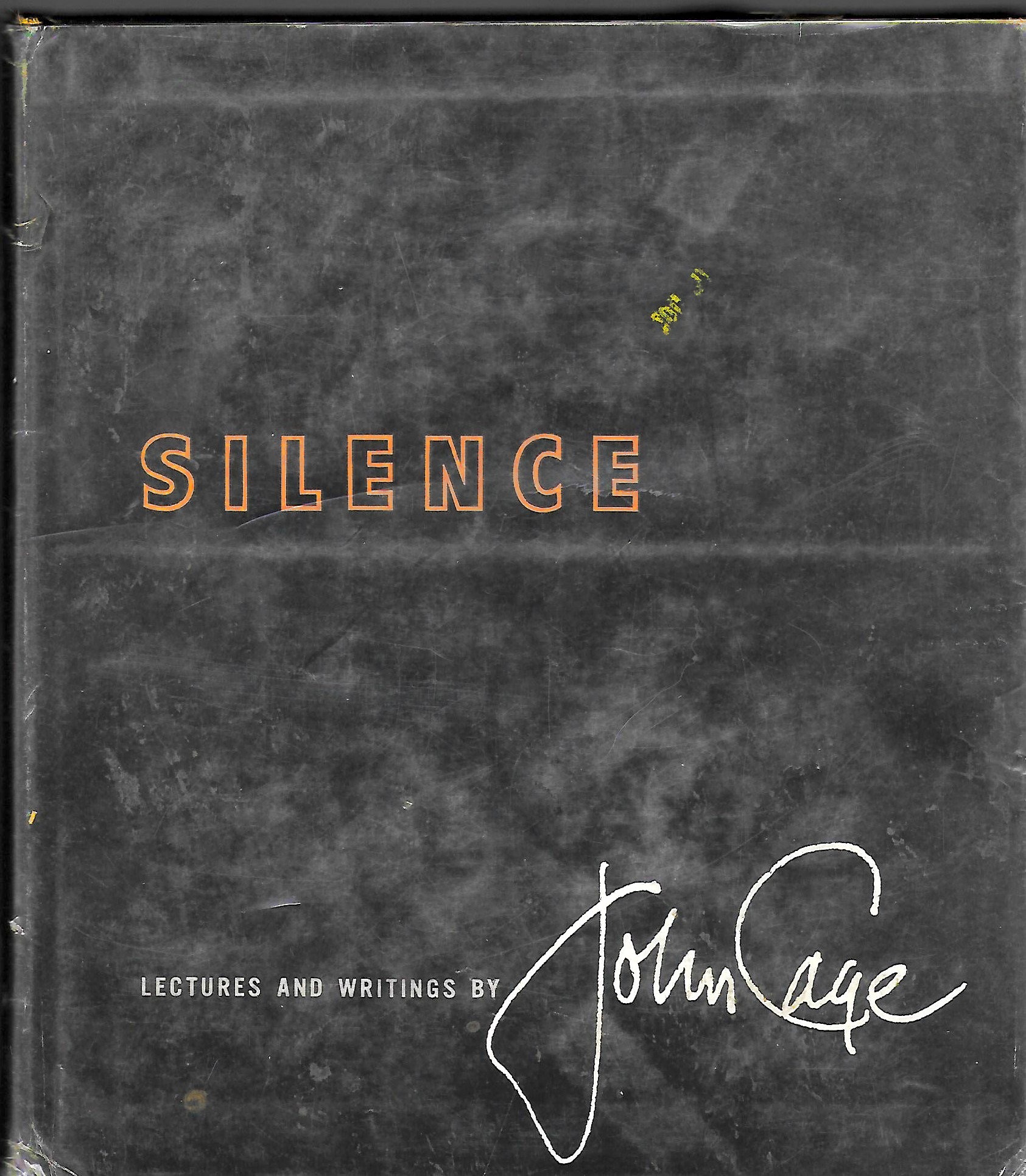Stephen Travis Pope: Software Models and Frameworks for Sound Composition, Synthesis, and Analysis: The Siren, CSL, and MAK Music Languages (2005/2007)
Filed under book | Tags: · composition, computer music, music, performance, semantic analysis, sound design, sound recording, synthesis
Music is an undeniably complex phenomenon, so the design of abstract representations, formal models, and description languages for music-related data can be expected to be a rich domain. Music-making consists of a variety of diverse activities, and each of these presents different requirements for developers of new abstract and concrete data formats for musician users.
The topic of this anthology is the design of formal models and languages for a set of common musical activities including (but not limited to) composition, performance and production, and semantic analysis. The background of this work is the 50-year history of computer music programming languages, which began with low-level and (by today’s standards) simplistic notations for signal synthesis routines and compositional algorithms. Over these 50 years, many generations of new ideas have been applied to programming language design, and the topics of formal modeling and explicit knowledge representation have arisen and taken an important place in computer science, and thus in computer music.
The three concrete systems presented here have been developed and refined over a period of 25 years, and address the areas of (a) music composition (Siren), (b) sound synthesis and processing (CSL), and (c) music data analysis for information retrieval (MAK). In each successive generation of refinement of these concrete languages, the underlying models and metamodels have been considered and incrementally merged, so that the current-generation (Siren 7, CSL 4 and MAK 4) share both superficial and deep models and expressive facilities. This allows the user (assumed to be a composer, performer, or musicologist) to share data and functionality across these domains, and, as will be demonstrated, to extend the models and frameworks into new areas with relative ease.
The significant contributions of this work to the literature can be found in (a) the set of design criteria and trade-offs developed for music language developers, (b) the new object-oriented design patterns for computer music systems, and (c) the trans-disciplinary design of the three specific languages for composers, performer/producers, and musicologists presented here.
Anthology of papers by Stephen Travis Pope – 1986-2005; updated 2007
451 pages
John Cage: Silence: Lectures and Writings (1961–) [EN, HU, CZ, RU, CN]
Filed under book | Tags: · composing, composition, experimental music, music, music history, poetry

Silence is a collection of essays and lectures Cage wrote during the period from 1939 to 1961.
“In these lectures, scores, and writings, Cage tries, as he says, to find a way of writing that comes from ideas, is not about them, but that produces them. Often these writings include mesostics and essays created by subjecting the work of other writers to chance procedures using the I Ching.”
Publisher Wesleyan University Press, October 1961
ISBN 0819560286, 9780819560285
276 pages
Review: Virgil Thomson (New York Review of Books, 1970).
Silence: Lectures and Writings (English, 1961, updated on 2012-8-3)
Silence: Lectures and Writings (English, 1973, 43 MB, no OCR, added on 2018-11-4)
A csend: válogatott írások (Hungarian, partial, includes 7 essays, trans. Kata Weber, 1994, 28 MB, added on 2020-5-7)
Silence: přednášky a texty (Czech, trans. Jaroslav Šťastný, Radoslav Tejkal, and Matěj Kratochvíl, 2010, 6 MB, added on 2020-5-7)
Tishina: lektsii i stati (Russian, trans. Grigorij Durnovo, et al., 2012, 12 MB, added on 2020-5-7)
Chen mo: Wu shi zhou nian ji nian ban (Chinese, trans. Jingying Li, 2013, 65 MB, added on 2020-5-7)
Roads, Pope, Piccialli, De Poli (eds.): Musical Signal Processing (1997)
Filed under book | Tags: · composition, computer music, electronic music, music, signal processing, sound recording

“Compiled by an international array of musical and technical specialists, this book deals with some of the most important topics in modern musical signal processing. Beginning with basic concepts, and leading to advanced applications, it covers such essential areas as sound synthesis (including detailed studies of physical modelling and granular synthesis) ,control signal synthesis, sound transformation (including convolution), analysis/resynthesis (phase vocodor, wavelets, analysis by chaotic functions), object-oriented and artificial intelligence representations, musical interfaces and the integration of signal processing techniques in concert performance.”
Editors Curtis Roads, Stephen Travis Pope, Aldo Piccialli, Giovanni De Poli
Publisher Swets & Zeitlinger, 1997
Studies on New Music Research series
ISBN 9026514824, 9789026514821
477 pages
DJVU (updated on 2012-8-3)
Comment (0)
